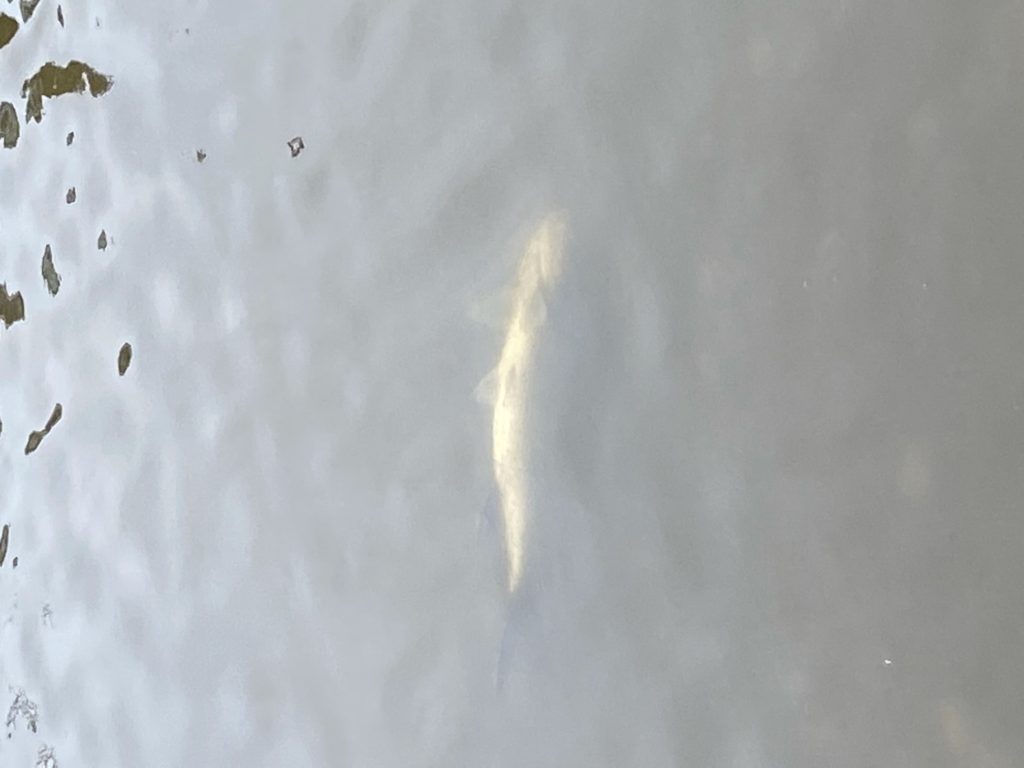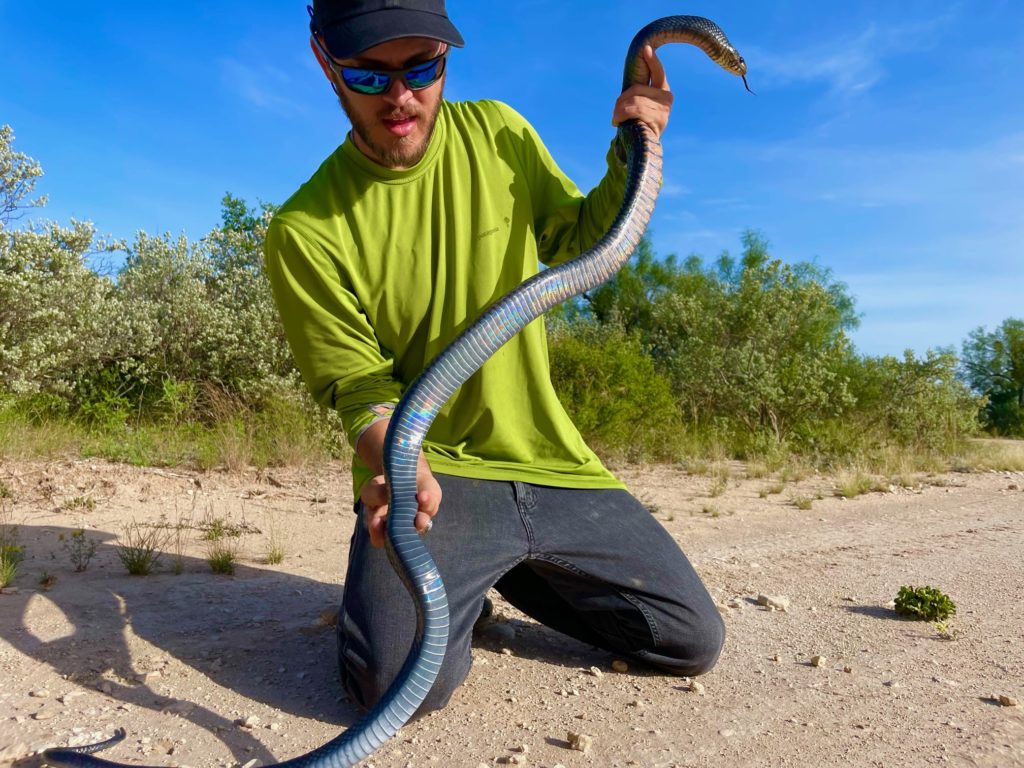I saw my first snook in early July of 2004. I remember that night vividly. Until the moment that iconic stripe broke the surface, I thought I had caught every land-based gamefish on the Texas coast. This Texas snook fishing introduction marked the beginning of an addiction that would take me all over the gulf and Atlantic coasts and, ultimately, remake me as an angler.
It was a typical Texas summer night in early July. My family traveled to our condo in Port Aransas Texas to watch the Independence Day fireworks from the beach. As usual, I had better plans. It wasn’t long until I found my way over to Horace Caldwell Pier where I was a regular. I made a beeline straight to the third trough (always a winner) and set up shop for a long night of fishing.
The Old Man and the Sea
There was a gentleman set up beside me fishing the inside edge of the same trough. We talked a bit and I even used my landing net to help him bring a few small blacktip and a red drum up to the pier. He was packing up for the night when his big rod bent over. I noticed that he was only half way back from his truck so I grabbed his rod and set the hook. It did not slow this fish down. By the time the angler reached me for a rod handoff, he dumped half the line on his pin 4/0 reel and was still pulling drag. After a 10 minute fight full of screaming runs, the fish surfaced and gave us our first look. It was a snook! I babbled in amazement as I lowered the landing net and guided the massive fish in.
In a lifetime of fishing the Texas coast, I had never even seen a small snook caught. Getting to help this gentleman reel in what ended up being a 38” snook left me excited and full of questions. This first chance encounter with a Texas Snook left me hungry for more and would lead me across the US. It eventually led me beyond the United States in search of more Monster Snook.
Snook In Texas
Snook have an interesting history in the Lone Star State. There are three species of snook in Texas, but we will concentrate on the Common Snook. Historically Texas is a haven for snook, with populations along most of the Texas Gulf Coast in the late 1800’s and early 1900’s. According to TPW, the commercial harvest in 1928 was over 230,000 pounds in Port Isabel alone! Unfortunately, these populations collapsed shortly after, resulting in commercial snook fishing’s disappearance by 1961.
While no one is sure exactly why the population collapse was so complete, the unique mating and maturity cycle is more than likely a major contributing factor. Snook are “protandrous sequential hermaphrodites”, meaning they are born male and in their lifespan change sex to female. For common snook in Texas, this usually occurs between 30 and 34 inches in length” or around 8 years old.
Finding Snook in Texas
There are three major things to keep in mind when targeting snook in Texas. First is their general range. In my personal experience, Rockport Texas is about the furthest north I have found reliable numbers. The frequency appears to increase as you head south along the coast. Second is the time of year. Snook are a Tropical fish and, as such, require warmer waters to survive. They become dangerously lethargic in water temps of just 65 degrees. So its no surprise that they are more active in the summers when the water is warmer, generally between June and August. However activity does not mean they are easier to target.
Although snook are most active during summer months, they are generally spread out over a larger area. Most are accidentally caught in the surf or along the jetties this time of year. I have even personally seen them as far out at 7 miles offshore. The best time of year to target snook along the Texas coast is fall and early winter as the fish tend to congregate in warmer waters.
The third and arguably most helpful, is their environments. Snook are Euryhaline, meaning they can spend time in both fresh and saltwater. You will almost always find higher concentrations of snook along freshwater river outlets and estuaries, so start by narrowing your search to areas near freshwater outflows. Snook are primarily ambush predators and prefer to spend their time in areas that have structure like mangroves, docks, Jetties and submerged structure. This is good news for bass fisherman. At a basic level, if you would pitch at it for bass, its probably a decent spot to catch a snook.
The BIG FREEZE
There is legitimate reasons for concern about the Texas Snook population. The start of 2021 kicked off with record cold across most of the Texas coast. As a result, fish kills where plentiful across the state with estimates from TPWD climbing as high as 3.8 Million fish killed in the 4 day freeze. With species like Speckled Trout, which are slightly better equipped for cooler temps, seeing massive kill offs across the state. As a tropical fish, Snook are extremely susceptible to cold temperatures. Lethargy sets in at just 65 degrees and death follows shortly behind at around just 54 degrees Fahrenheit.
Unfortunately, snook were hit as hard or harder than any. Even so, I am happy to report a little good news, there is still hope! Just this past Memorial Day weekend I made a trip to Rockport Texas. While fishing one of my previous snook honey holes, I managed to catch a small 7-8” juvenile snook! I have photos from this exact same spot days after the freeze littered with dead fish, many of them snook and tarpon. While this small victory does give me hope, I think its important to acknowledge how hard this fishery was hit and how much time and effort it will take to bring it back.

Expect more great snook Content in the Future as Mitchell and Cuatro discuss their trip to “Las Parismina Lodge” in Costa Rica, the Current holder of the World Record Common Snook! And the amazing fishing adventures to be had there.

